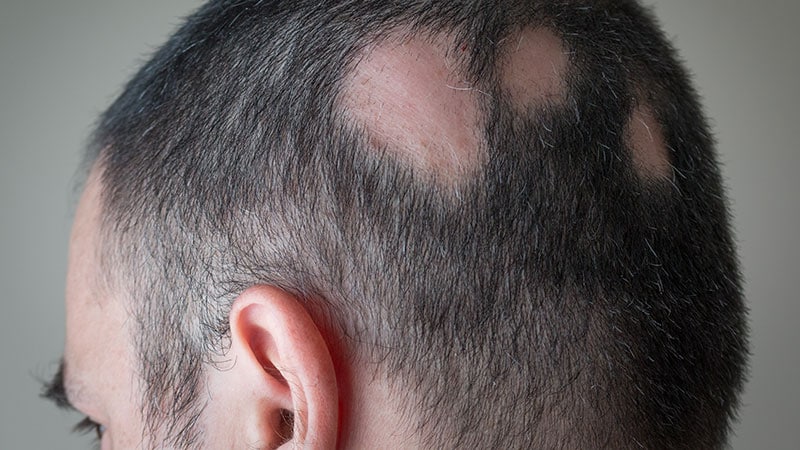Takeaway
- Meta-analysis suggests that intake of any dairy products such as milk, full-fat dairy, whole milk, low-fat/skim milk and yogurt were associated with a higher odds ratio for acne compared with no intake in children, adolescents, and young adults.
- Authors advise caution while interpreting results because of heterogeneity and bias across studies.
Why this matters
- Association between high acne prevalence rates in western countries and dairy and processed food consumption is often debated.
- Moderating dairy content in the diet may help individuals with acne.
Study design
- Meta-analysis of 14 studies including 78,529 individuals aged 7-30 years (23,046 acne-cases and 55,483 control individuals) published until December 2017.
- Funding: None disclosed.
Key results
- Compared with no intake, risk for acne was significantly higher for:
- any dairy (OR, 1.25; P=6.13×10−8),
- full-fat dairy (OR, 1.22; P=1.62×10−3),
- any milk (OR, 1.28; P=8.23×10−5),
- whole milk (OR, 1.22; P=6.66×10−3),
- low-fat/skim milk (OR, 1.32; P=4.33×10−5),
- cheese (OR, 1.22; P=5.21×10−2) and
- yoghurt (OR, 1.36; P=2.21×10−2).
- Compared with less than weekly frequency of any milk intake, the risk for acne was significantly higher with ≥2 glasses/day (OR, 1.43; 95% CI, 1.09-1.88) and 1 glass/day (OR, 1.41; 95% CI, 1.05-1.90).
Limitations
- All studies were observational.
- High heterogeneity.
References
References


